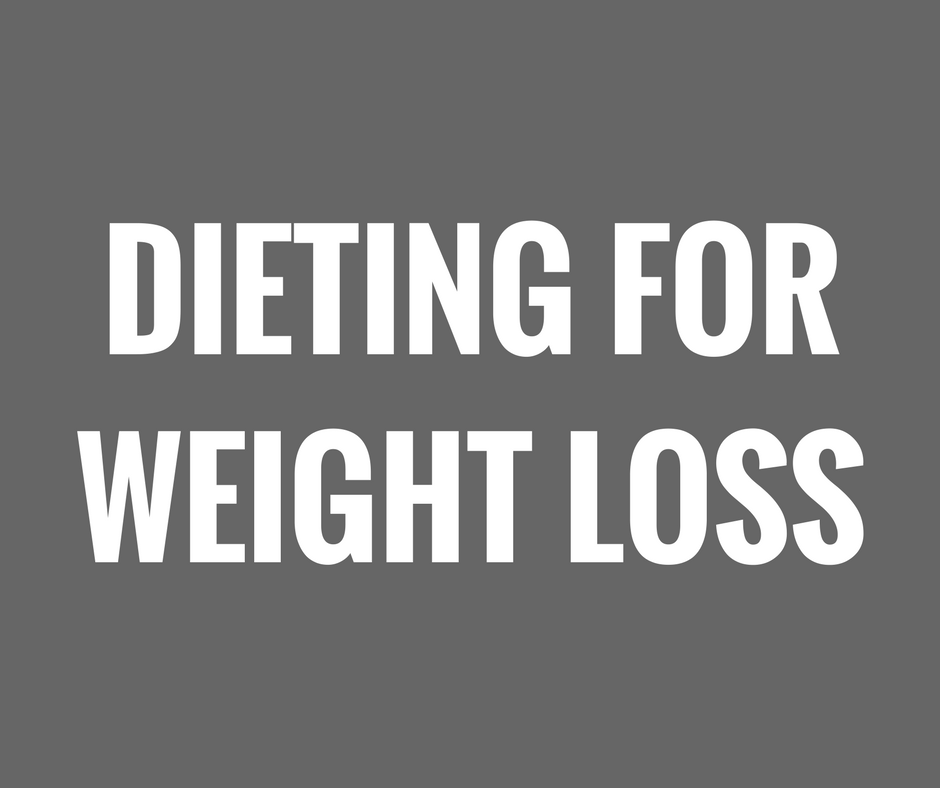The Most Up to Date, Evidence Based Advice on Nutrition for Adding Muscle and Losing Fat
A brand-new position stand was recently published by the International Society of Sports Nutrition (ISSN) titled: "ISSN Position Stand: Diets and Body Composition. The paper serves as a review of the current literature on how various diets and nutrition strategies impact body composition. The paper effectively cuts through the nutrition folklore that so many fitness enthusiasts are immersed in. Here are two of the major takeaways that we can take action on:
- Fat loss is achieved by creating a caloric deficit. The macronutrient (protein, fat, or carbohydrates) content of the food we eat is not the key for fat loss; how many calories we eat is the key. All different "diets" can result in improved body composition including Paleo, ketogenic, Atkins, Zone, Ornish, intermittent fasting and a host of other nutrition approaches. But make no mistake, the only reason these nutrition strategies result in weight loss is because calories have been reduced. Specifically, the authors are clear that reducing carbohydrate in our diet has never been shown to contribute to fat loss (when total calories are controlled). We need not be afraid of carbs; we should be afraid of an excess of calories.
- To maximize lean muscle tissue and body composition, the authors recommend increasing protein intake from the current RDA of 0.8 grams per kilogram of body weight to 1.6 grams per kilogram of bodyweight. However, there is no apparent muscle or strength building advantage to consuming more than 1.6 grams per kilogram of body weight. What does this look like for a normal person looking to maximize strength and body composition? If I weigh 160 pounds (72 kilograms), this means I would need 115 grams of protein per day to maximize muscle tissue and strength. This is about 0.7 grams of protein per pound of bodyweight. I don't need to consume this exact amount each day. Rather, I can aim for between 0.5 and 1.0 grams per day and average out around 0.7 grams per pound over the course of a week. For many people, this represents a significant increase in protein consumption. For others, this may actually encourage a reduction in protein intake. Many strength training enthusiasts have mistakenly touted more and more protein as the key to maximizing strength and muscle size but the research clearly does not support this.
New Study: Traditional Heavy Sets, Traditional Light Sets, and Break-down Sets
A brand-new pilot study conducted by Jeremey Loenneke of the University of Mississippi along with a team of Japanese scientists sought to deepen our understanding of a protocol that we at Discover Strength have employed for the better part of 8 years: The "30-rep breakdown set." To be sure, Loenneke and colleagues had no idea we utilized such a protocol.
The focus of their investigation was to determine what produced better results in terms of enhancing muscle strength, muscle endurance, and muscle size:
- (1) 3 sets of "heavy," traditional sets,
- (2) 3 sets of "light" sets or
- (3) a relatively heavy weight performed to muscle failure followed by a "breakdown set" - immediately decreasing the weight at the point of muscle failure and then continuing with the lighter weight until failure (and then repeating this process).
Loenneke's subjects continued to reduce the weight until they were using 50% less weight than what they started with. Coincidentally, the average number of reps performed was 31; ironically similar to our "30-rep breakdown." The results?
Performing the breakdown sets simultaneously improved muscle strength, muscle endurance, and muscle size; and in a fraction of the training time of performing traditional multiple sets.
This study is garnering interest from the strength and fitness world as so many practitioners and trainees alike dogmatically subscribe to the multiple set paradigm. Keep this study in mind the next time you find yourself in the thick of a 30-rep breakdown on Leg Press or Chest Press!
I’m Going to Go “Lower Some Weights”
The traditional vernacular sounds something like this, “I’m going to go lift weights.” Authors of a research study published in the European Journal of Applied Physiology suggest that this statement might not be worded as accurately as it could be. In the aforementioned study, German researchers sought to determine the effects of emphasizing the muscle contractions that are involved with lowering the weight (known as eccentric contractions) rather than the muscle contraction involved when we lift the weight (concentric contraction). Researchers concluded that emphasizing the eccentric muscle contraction, the contraction that involves lowering the weight, resulted in adaptations “in direction of a faster, stronger muscle.” Of interest in this particular study was that all of the subjects were very experienced with strength training and that the new emphasis on eccentric contractions producing marked improvements in a myriad of measures. Specifically, the authors suggest that this type of training favorably impacted what they termed “explosive strength” often used in competitive sports. Of course, this expression of strength is not subject solely to sports. Our “explosive strength” diminishes as we age and lose “fast-twitch” muscle fiber capabilities.
Research on Strength Training in Endurance Running and Cycling
A review article published in the Scandinavian Journal of Medicine and Science in Sports provided the most up to date summary on the impact of strength training on endurance running and cycling. This article was a review of the current research, not an individual study. The aim of a review article is to synthesize the published work on a particular topic and to draw conclusions from that body of work.






Leave a Reply
Your email address will not be published.